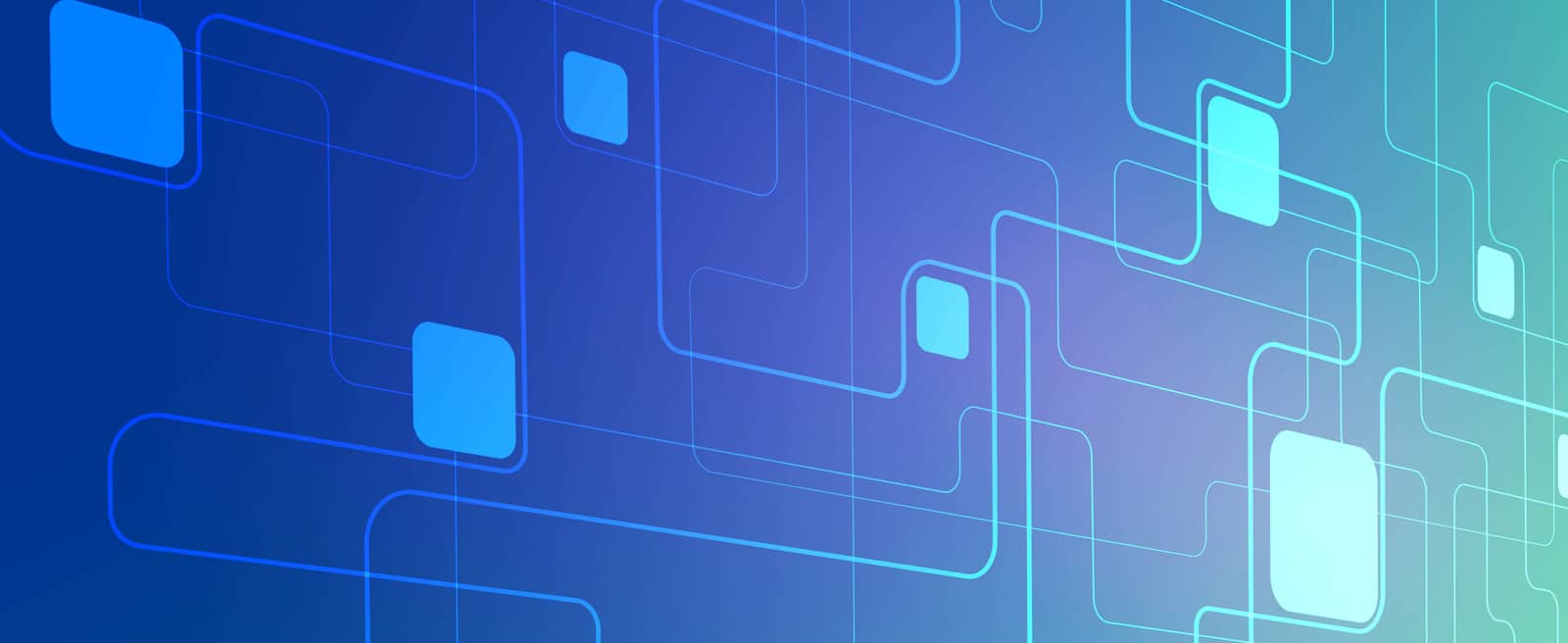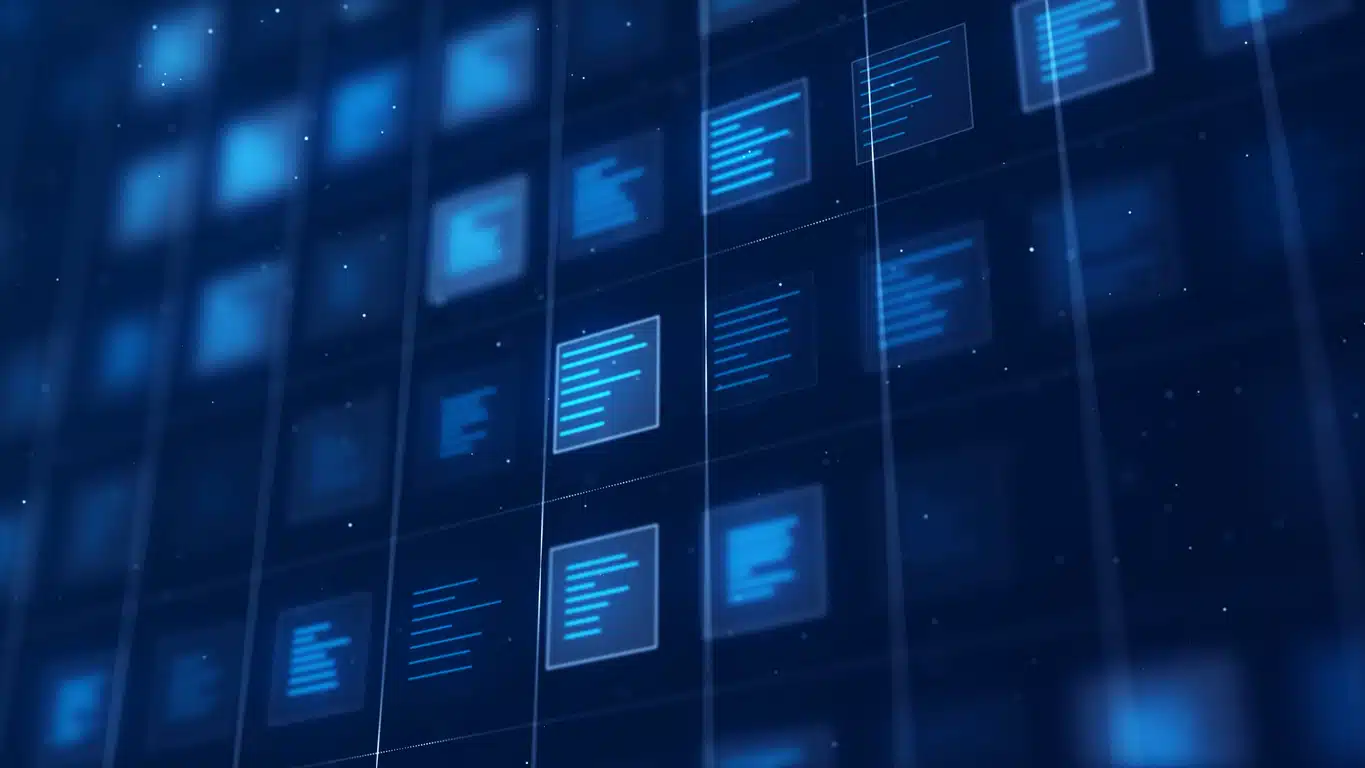Data Provenance: Defined and Explained
Understanding the journey of data is critical for maintaining data integrity, ensuring compliance, and enabling informed decision-making. Two key concepts that often come up in this context are data provenance and data lineage. While they are related, they serve different purposes and provide distinct insights into data’s lifecycle.
Let’s explore what data provenance is, how it differs from data lineage, and how the Actian Data Intelligence Platform helps organizations achieve deep visibility into their data’s history and movement.
What is Data Provenance?
Data provenance refers to the detailed history and origin of data throughout its lifecycle. It captures information about:
- Where the data was created or sourced from.
- How it was generated.
- The processes and transformations it underwent.
- The individuals or systems that handled or modified it.
Data provenance provides a historical record that allows organizations to trace back data to its point of origin, ensuring data quality and authenticity. It helps answer key questions like:
- Who created this data?
- What changes were made to it over time?
- What was the original source of the data?
Why Data Provenance Matters
- Data Integrity: Provenance ensures that data remains accurate and consistent throughout its lifecycle.
- Auditability and Compliance: Regulatory standards like GDPR, HIPAA, and CCPA require organizations to demonstrate where data came from and how it’s handled.
- Troubleshooting and Quality Assurance: Understanding the origin and history of data helps teams identify and resolve data inconsistencies or errors quickly.
For example, in the healthcare sector, data provenance helps track patient records, ensuring that medical decisions are based on accurate and trusted data.
What is Data Lineage?
Data lineage refers to the path data takes as it moves through an organization’s systems and processes. It maps how data flows from source to destination and captures the various transformations and dependencies involved.
Data lineage answers questions such as:
- Where did this data come from?
- How was it processed?
- Where is it being used?
Key Aspects of Data Lineage
- Movement Tracking: Data lineage maps the flow of data across databases, applications, and systems.
- Transformation Mapping: It records changes made to data at each stage, including aggregations, joins, and format changes.
- Impact Analysis: Lineage helps identify how changes in one dataset might affect downstream systems or reports.
Why Data Lineage Matters
- Transparency: Data lineage provides a clear view of data’s movement and transformation across the organization.
- Governance and Compliance: It helps organizations maintain regulatory compliance by demonstrating how data is processed.
- Operational Efficiency: Understanding lineage helps improve data pipeline performance and reduces bottlenecks.
Data Provenance vs. Data Lineage
Although data provenance and data lineage are closely related, they focus on different aspects of the data lifecycle:
- Data Provenance: Focuses on the origin and history of data. It records where data came from, how it was created, and what transformations it underwent. Provenance provides a detailed historical record, helping ensure data integrity and trustworthiness.
- Data Lineage: Tracks the flow and movement of data across systems. It maps how data moves from source to destination, including any changes or dependencies. Lineage helps with impact analysis and troubleshooting.
In short, provenance addresses “how and why” data was created, while lineage answers “where and how” data moves and transforms.
How the Actian Data Intelligence Platform Provides Visibility into Data’s History and Movement
Actian offers a powerful solution for both data provenance and lineage through the Actian Data Intelligence Platform. This platform helps organizations gain a deeper understanding of their data’s origins, transformations, and dependencies by combining advanced metadata management with intelligent search capabilities. Some of the platform’s capabilities include:
1. Automated Metadata Collection
The platform automatically gathers metadata from various sources, including:
- Cloud platforms (AWS, Azure, Google Cloud).
- Enterprise systems (ERP, CRM).
- Databases (SQL, NoSQL).
- Data lakes and warehouses.
It uses built-in scanners and APIs to capture metadata across the entire data ecosystem, providing a unified view of data movement and transformation.
2. Data Provenance Tracking
The platform records and visualizes the full history of data, including:
- The original source of the data.
- All modifications and transformations over time.
- Metadata about the individuals and systems involved in data handling.
This ensures that organizations can trace data back to its origin, ensuring accuracy and compliance with regulatory standards.
3. Data Lineage Visualization
The platform provides dynamic, interactive lineage diagrams that map the flow of data across systems and processes. Key features include:
- End-to-end data flow mapping.
- Transformation tracking.
- Impact analysis.
By visualizing data lineage, organizations can identify bottlenecks, enhance data pipeline performance, and comprehend the impact of changes to upstream data on downstream systems.
4. Intelligent Search and Recommendations
The platform leverages knowledge graph technologies to offer powerful search capabilities and intelligent recommendations. It enables:
- Fast discovery of data assets.
- Identification of relationships and dependencies between datasets.
- AI-driven suggestions for improving data quality and usage.
5. Data Governance and Compliance
Actian Data Intelligence Platform supports robust data governance with features designed to ensure data security and compliance:
- Role-Based Access Controls: The platform ensures only authorized users can access sensitive data.
- Audit Trails: The platform captures all data changes and accesses for compliance reporting.
- Certifications: The platform meets industry standards like SOC 2 Type II and ISO 27001, ensuring secure data management.
6. Collaboration and Data Marketplace
The platform enables data teams to collaborate effectively by:
- Providing a centralized data catalog.
- Allowing teams to share and rate datasets.
- Offering context on data quality, usage, and ownership.
This helps improve data discoverability and encourages a culture of data-driven decision-making.
Why the Actian Data Intelligence Platform Stands Out
The platform differentiates itself through:
- Cloud-native architecture is easy to scale and integrate with modern data stacks.
- Advanced metadata management, as it captures deep metadata insights to support both provenance and lineage.
- AI-driven insights provide intelligent recommendations and automated discovery to streamline data operations.
- User-friendly interface, as its intuitive dashboards and visualization tools make it easy for both technical and business users to explore data.
Use Actian for Data Provenance and Data Lineage
Data provenance and data lineage are essential components of a strong data governance strategy. While data provenance focuses on the origin and history of data, data lineage tracks the flow and transformation of data across systems. Actian Data Intelligence Platform empowers organizations with deep insights into both provenance and lineage, helping ensure data integrity, transparency, and compliance.
By combining automated metadata collection, intelligent search, and interactive lineage mapping, the platform enables organizations to unlock the full potential of their data assets. This enhances decision-making, improves operational efficiency, and builds trust in data across the enterprise.
Interested in seeing how the Actian Data Intelligence Platform can benefit your organization? Request a personalized demo today.





